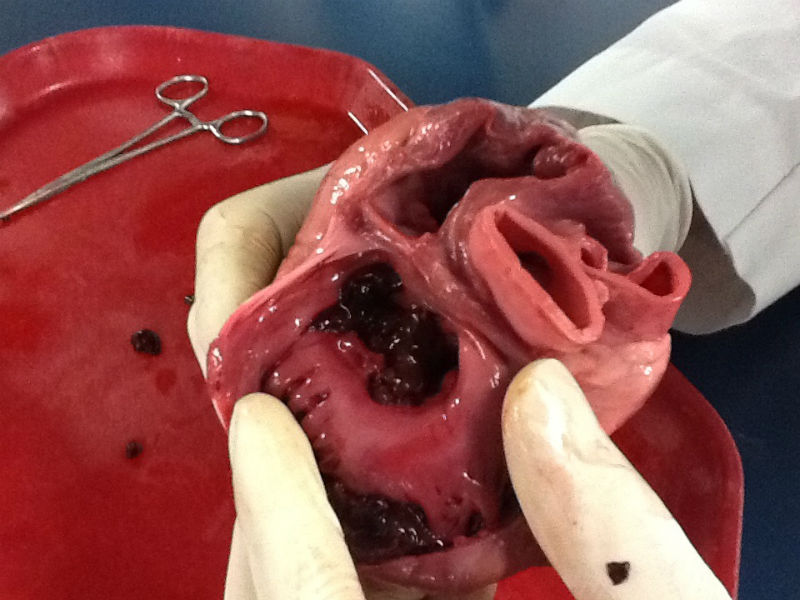
Scientists Develop 3D Heart Tissue Which Can Help To Understand Cardiac Health, Suggest New Treatments
The heart is the most vital part of the body, and hence it is also associated with a number of complexities. Each year, the number of deaths attributable to the heart attack is rising, creating significant concerns for the medical practitioners and doctors all over the world. However, to better understand the issues associated with heart and developing new treatments, scientists have developed a 3D heart tissue, that beats in synchronized harmony. It is a revolutionary invention that may pave new paths for the understanding of different cardiac issues and developing medicines and new treatments for the same.
The development has come from the researchers at York University in Canada. The concept of 3D heart tissue is not new. Earlier, there is a number of 2D and 3D have the scientists, but none of them can beat in synchronized harmony. They often asked for scaffolding for the cells to stick to each cell of the heart and grow, resulting in the limitations. But the new structure has formulated a revolutionary way through which, the artificial heart tissue can beat in synchronized harmony. The new structure is attached to three different sorts of cardiac cells like contractile cardiac muscle cells, connective tissue cells and vascular cells, which allows it to make beat them all simultaneously.
This new structure is scaffold-free and beats using the three above-mentioned cell types found in the real heart. As highlighted by the researchers in their new study paper, the 3D video cardiac tissue by accompanying the three cell types – that are capable of beating together – can work as one entity and beat simultaneously, rather than beating at different intervals.
According to Professor Muhammad Yousaf from York University, “This is the first-of-its-kind breakthrough, which will allow medical practitioners and doctors to better the cardiac issues in a better and clearer manner. It will also help them out is conducting superfast drug testing and possibly doing away with dangerous or poisonous medications from the heart much sooner.”


